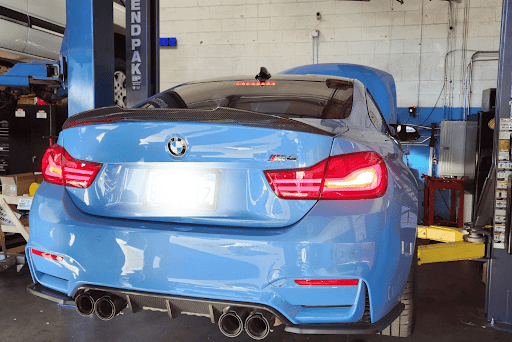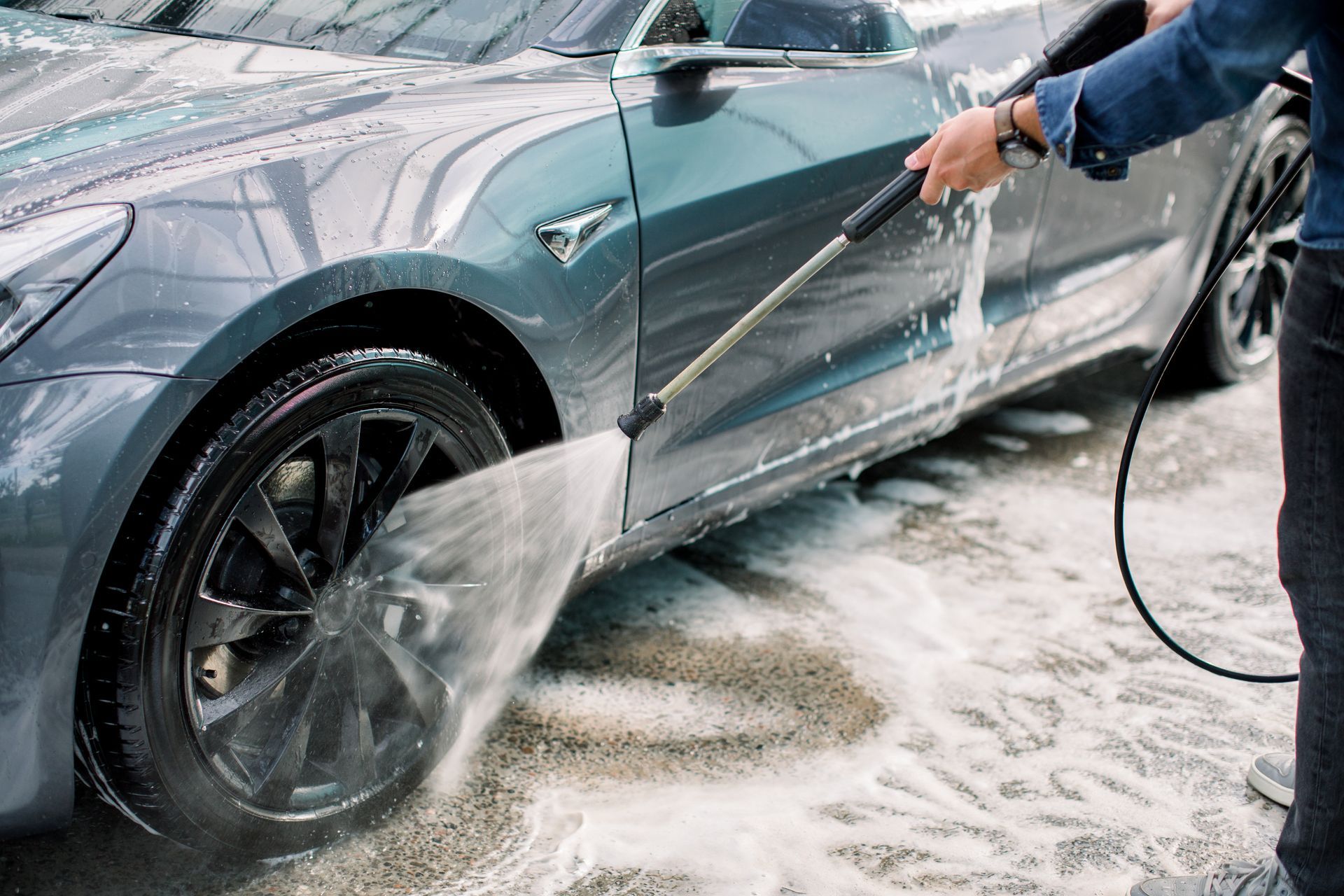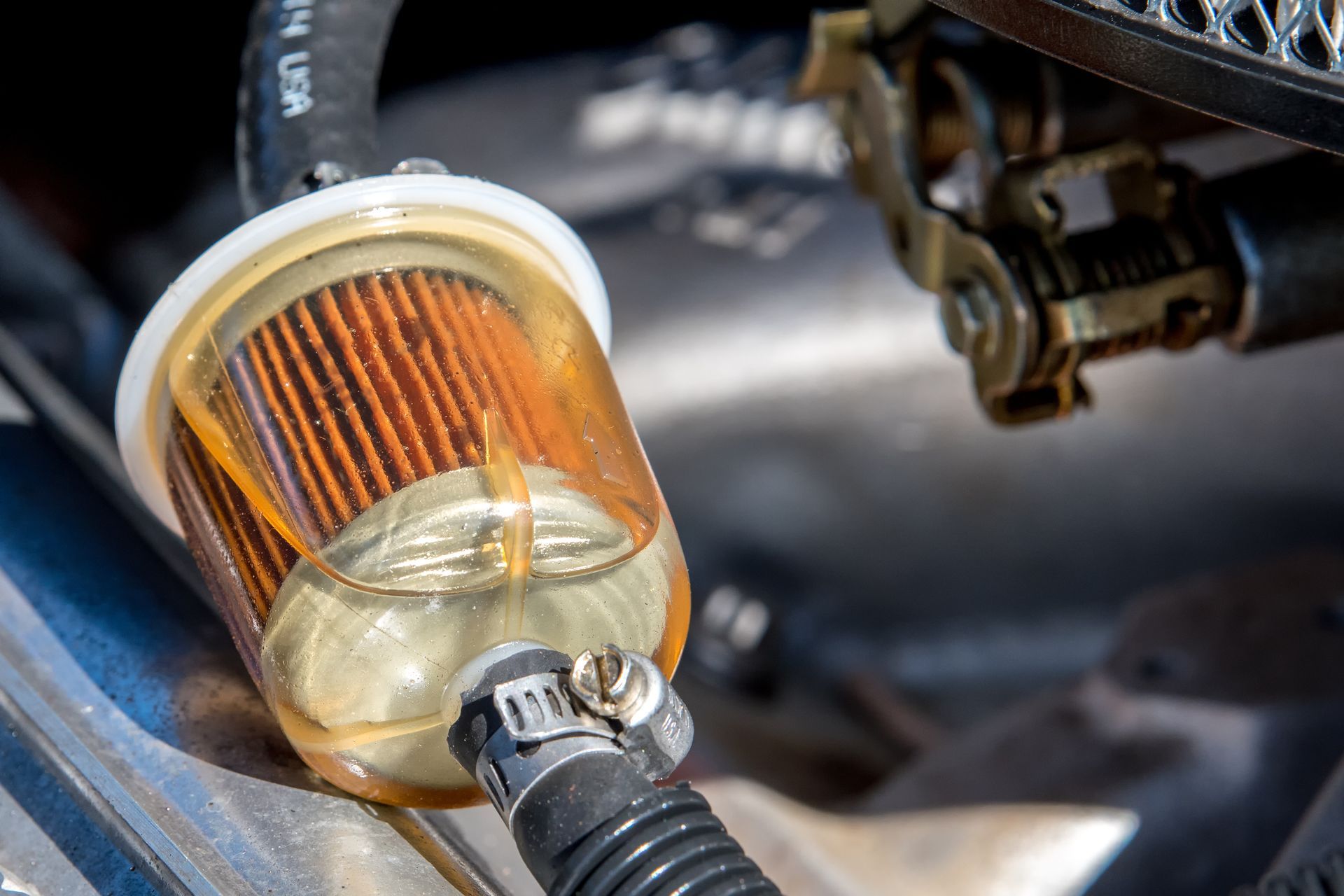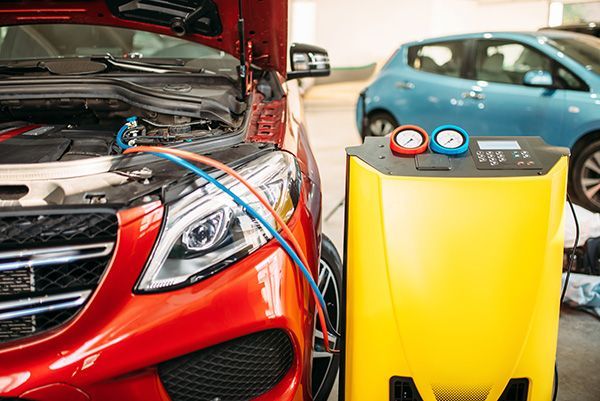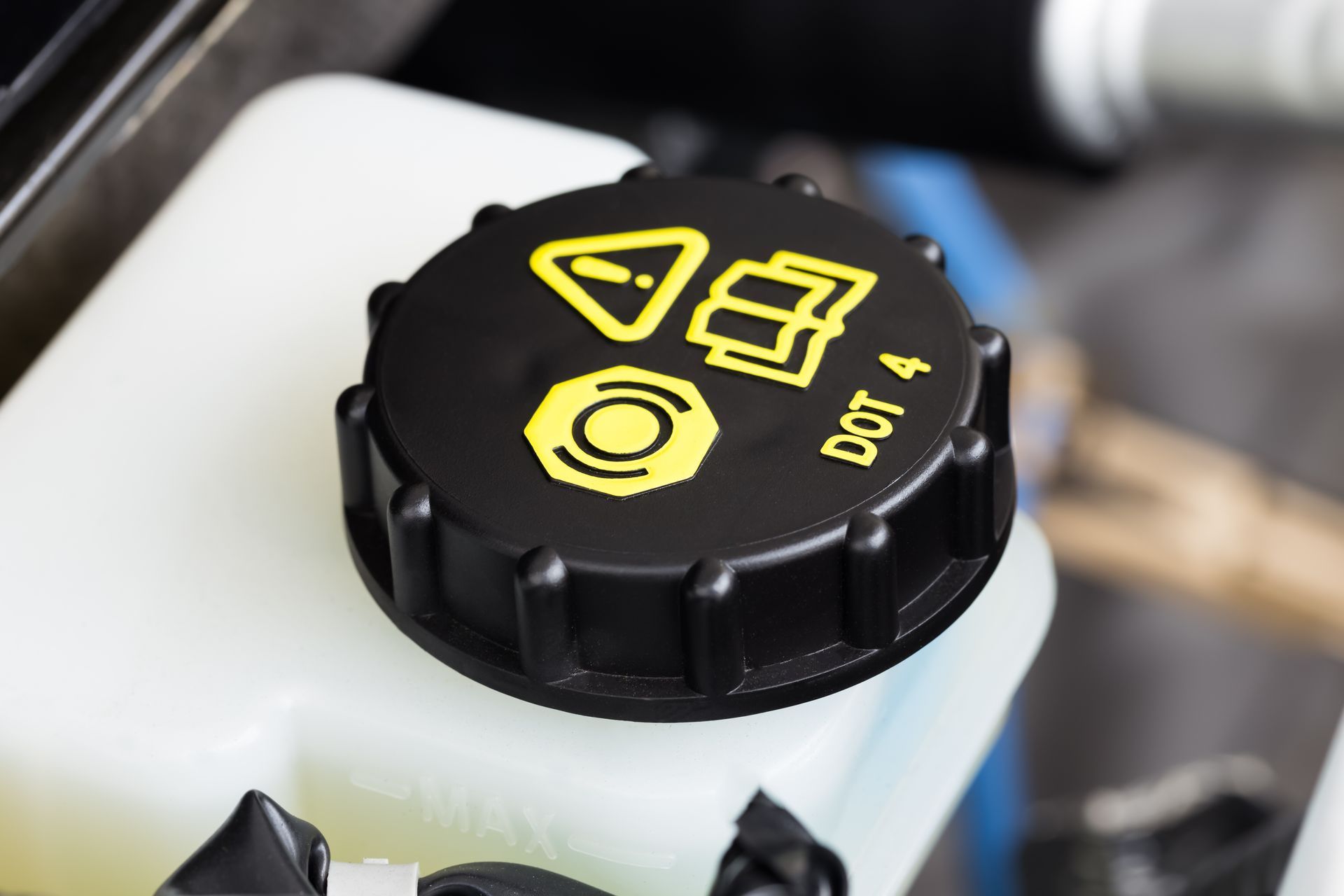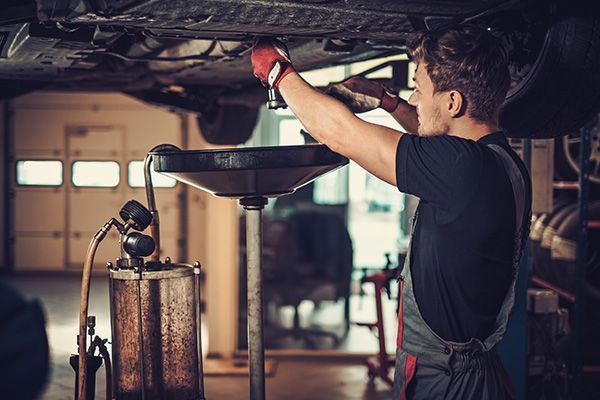Few things are more frustrating than turning the key or pushing the start button only to hear nothing happen. A dead or unresponsive car can ruin your day, but the good news is that most starting issues come down to three key components: the battery, the starter, or the alternator.
Knowing the difference between these problems can help you identify the likely cause and determine the next steps.
How the Starting System Works
Your vehicle’s starting system relies on multiple parts working together. When you turn the key or press the button, the battery sends electrical power to the starter motor, which cranks the engine. The alternator then takes over to recharge the battery and power your electrical systems while the engine runs.
If any of these three components fail, the car may not start at all; however, each issue displays its own warning signs.
Signs of a Weak or Dead Battery
The battery provides the initial burst of energy needed to start your engine. When it’s weak or dead, your vehicle might give you some hints before completely failing:
- Slow cranking or clicking noises when you try to start the car
- Dim headlights or interior lights before the engine starts
- Electrical issues like unresponsive power windows or infotainment screens
- Needing frequent jump starts
Extreme temperatures, short trips, and an aging battery can all speed up battery failure. If your battery is more than three to five years old, it’s a good idea to have it tested to ensure it’s still holding a charge.
When the Starter Motor Is the Problem
The starter motor is responsible for turning the engine over. If the battery has enough power but your car still won’t start, the starter could be failing. Some signs that point to a faulty starter include:
- A single click when you turn the key or press the button, with no cranking
- A grinding noise as the starter gear struggles to engage
- Intermittent starting issues, where it works sometimes but not others
Because the starter draws a lot of power from the battery, it’s important to test both systems before replacing anything.
How the Alternator Affects Starting
The alternator’s job is to keep the battery charged and power your vehicle’s electrical systems while you drive. If it’s failing, the battery doesn’t get replenished, which eventually leaves you with no power to start the car.
Signs of a failing alternator often appear while driving, not just when you try to start the vehicle:
- Dashboard warning lights, especially the battery or charging system light
- Dimming headlights or flickering interior lights while driving
- Unusual whining or grinding noises under the hood
- Dead battery shortly after replacing it
Testing the alternator’s output is the best way to confirm whether it’s keeping the battery charged as it should.
Other Issues That Can Prevent Starting
- Corroded battery terminals restricting power flow
- Blown fuses related to the ignition or fuel system
- Faulty ignition switches or key fob problems in push-start vehicles
- Fuel delivery issues, like a failed fuel pump
If basic checks don’t solve the issue, a thorough inspection can save time and prevent replacing parts unnecessarily.
Why Professional Diagnosis Is Worth It
Guessing which component is failing can lead to wasted money and frustration. For example, replacing a battery when the alternator is the real problem won’t fix anything, and the new battery will drain quickly. A diagnostic test measures voltage and current flow through the system to pinpoint the exact cause.
Investing in accurate testing ensures you only replace what’s necessary and avoids creating new issues by swapping out working components.
Expert Diagnostics at Sean’s Auto Care
If your car won’t start and you’re unsure whether the problem lies with the battery, starter, or alternator, the team at Sean’s Auto Care in Van Nuys, CA, can help. Our technicians use advanced testing tools to find the exact cause and recommend the most cost-effective solution.
Don’t waste time guessing or replacing parts unnecessarily. Schedule a visit with
Sean’s Auto Care today and get your vehicle back on the road with confidence
